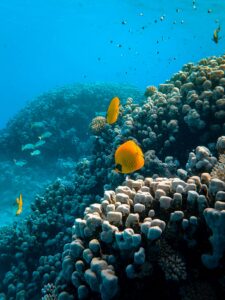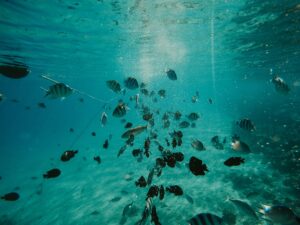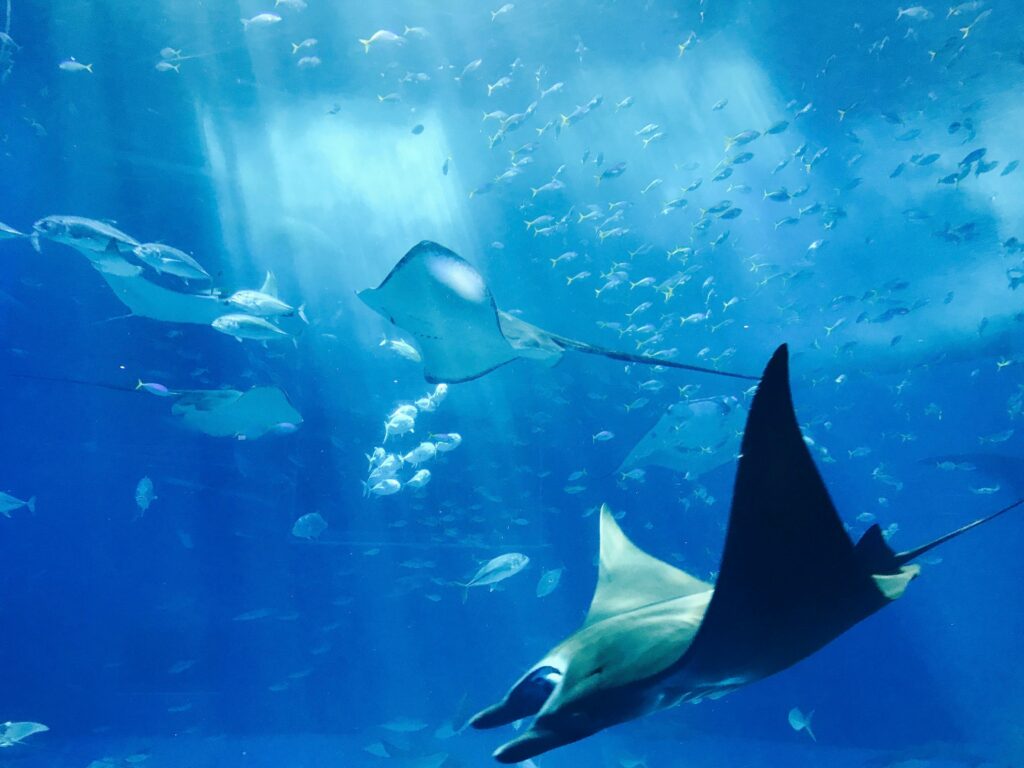Sea life is definitely one of the most diverse and fascinating ecosystems known to man; it covers about 71% of the Earth’s surface. From microscopic plankton to the majestic blue whale, there’s an unbelievable world of marine organisms underwater. The ocean is not just a source of beauty and mystery but also is an essential component in life on earth. This article examines the impressive diversity, importance, and intricacy of marine life and provides an overview of the underwater world.
The Diversity of Sea Life
The ocean has millions of species, with most of them still unknown. More than 90% of the species in the ocean are not yet classified, hence becoming a frontier for exploration.
Marine Mammals: Most of the well-known marine animals are dolphins, whales, and seals. The blue whale is the largest animal on earth, with a length of up to 100 feet and weight at times reaching 200 tons.

Fish and Sharks: There are over 34,000 known fish species, including the vibrant clownfish and the mysterious deep-sea anglerfish. Sharks, often misunderstood as predators, are vital for maintaining the health of marine ecosystems.
Coral Reefs: Often referred to as the “rainforests of the sea,” coral reefs are biodiversity hotspots. Although they occupy less than 1% of the ocean floor, they support about 25% of marine life.
Some of the microscopic life in the sea includes phytoplankton and zooplankton that are important to the ocean food chain and the globe’s oxygen.
Importance of Sea Life
Sea life is important as it upholds life on earth. The oceans assist in controlling the climate because they absorb heat and carbon dioxide, thereby controlling global warming. The seagrass and algae are aquatic plants that produce 50% of the oxygen we inhale.

Sea life contributes significantly to the global economy. Fisheries and aquaculture provide an income source for millions of people, while coastal tourism and marine biotechnology boost economic development. Sea life is much more significant beyond the economy because it holds great cultural and spiritual importance for many communities worldwide.
Challenges Facing Sea Life
Sea life is very resilient, but it faces grave threats from human activities.
Climate change has caused warming and acidification of the ocean, impacting the marine environment’s ecosystems. For instance, coral growth in most of the reefs has been completely destroyed by coral bleaching, which consequently impacts species that depend on them.
Overfishing: Unsustainable fishing has depleted fish stocks. According to the Food and Agriculture Organization, about one-third of the world’s fish stocks are overexploited.
Pollution: The oceans harbor pollutants, such as oil spills and plastic waste. It is estimated that 8 million tons of plastic enter the ocean every year, harming marine animals that ingest or become entangled in debris.
Habitat Destruction: Coastal development, mining, and dredging destroy vital habitats such as mangroves and seagrass meadows, reducing biodiversity.
Protection of Sea Life
It is important to protect sea life because ecological balance is only maintained when future generations can also enjoy the wonders of the ocean. There are many initiatives under way to solve the problems in marine ecosystems.
Marine Protected Areas (MPAs): Governments and organizations have started establishing MPAs to conserve critical habitats and allow ecosystems to recover. About 7.7% of the ocean is protected currently, and there is a global goal to reach 30% by 2030.
Sustainable Fishing: For instance, there are innovative developments in selective fishing gear and aquaculture reforms that help reduce overfishing and bycatch, thus conserving the fish populations.
Pollution Control: A surge is being witnessed in eliminating single-use plastics and improving waste management capacities. International initiatives like The Ocean Cleanup are looking at cleaning the plastic out of the world’s oceans.
Education and Awareness: Public awareness is the best way to safeguard the ocean. Earth Day and World Oceans Day remind people to adopt a sustainable lifestyle and protect the marine world.

Future of Sea Life
Technological and scientific developments are now unlocking new avenues to understand and protect sea life. Remote sensing, underwater drones, and genetic research are discovering new species and habitats in the deep sea.
Collective human action will largely determine the future of sea life. Governments, industries, and individuals must come together to reduce their footprint on the environment and encourage sustainable practices. Small acts such as using less plastic, buying environmentally friendly products, and cleaning the coasts count.
Conclusion
Sea life is, after all, proof of the richness, complexity, and interdependence that exist in nature. Its preservation has not only an environmental necessity but also a moral imperative. Knowing its value, addressing the risks it faces can ensure that generations to come have a continued source of inspiration and livelihood in the sea.



